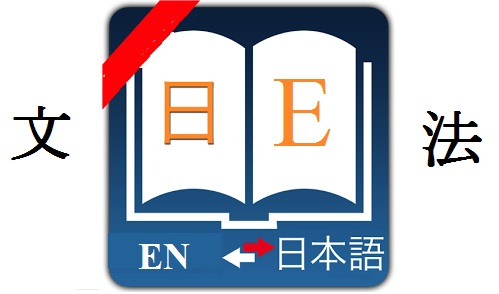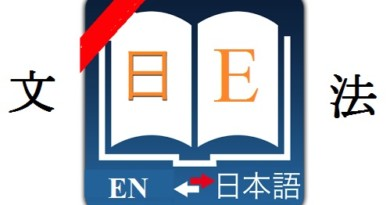Japanese よろしいでしょうか grammar yoroshiideshouka

Let’s learn Japanese よろしいでしょうか grammar yoroshiideshouka:
Japanese よろしいでしょうか grammar yoroshiideshouka
Formation :
Vて+てもよろしい(ですか/でしょうか)
Meaning and how to use :
It is used to politely ask for permission to do something. It is often used with a person whose position is higher than the speaker’s.
Example:
1. これをお使いしてもよろしいでしょうか。
Kore wo otsukai shitemo yoroshii deshouka.
May I use this?
2. 明日、僕も参ってもよろしいですか。
Asu, boku mo maittemo yoroshii desuka.
May I come tomorrow?
3. 今あそこにお戻してもよろしいでしょうか。
Ima asoko ni omodoshitemo yoroshii deshouka.
May I go back there now?
4. この部屋にお入りしてもよろしいですか。
Kono heya ni ohairishitemo yoroshii desuka.
May I enter this room?
5. あのペンを借りてもよろしいですか。
Ano pen wo karitemo yoroshii desuka.
May I borrow that pen?
Note: It is usually used with honorifics. This structure is more polite than「てもいい」. In addition, 「でしょうか」 is more polite than 「ですか」.
Ref : tuhoconline
Above is Japanese よろしいでしょうか grammar yoroshiideshouka. If you don’t understand the signs we used in formation, you can find their meaning here : signs used in Japanese grammar structures.
You can search the structure you want by using the search tool on our website (using key : grammar + ‘structure name’ or you can find more Japanese grammar structures in the following category : Japanese grammar dictionary
